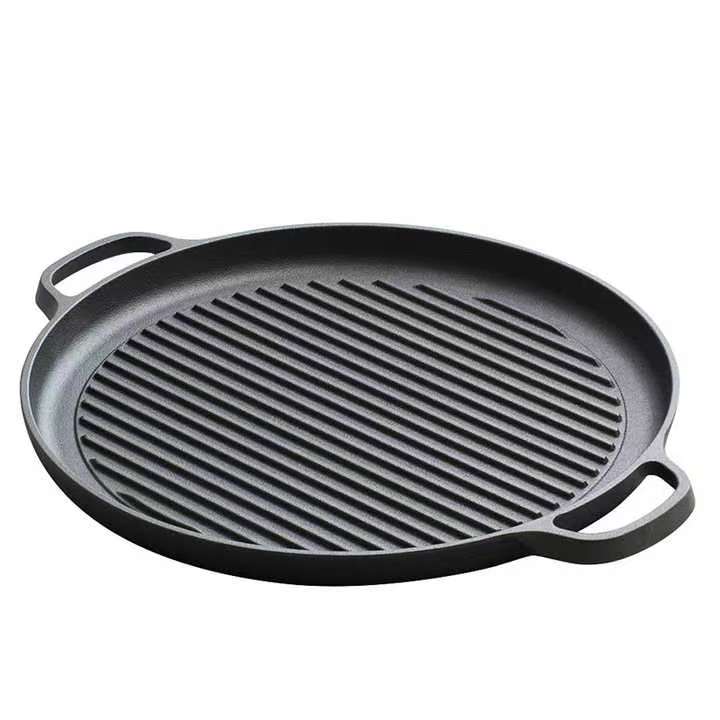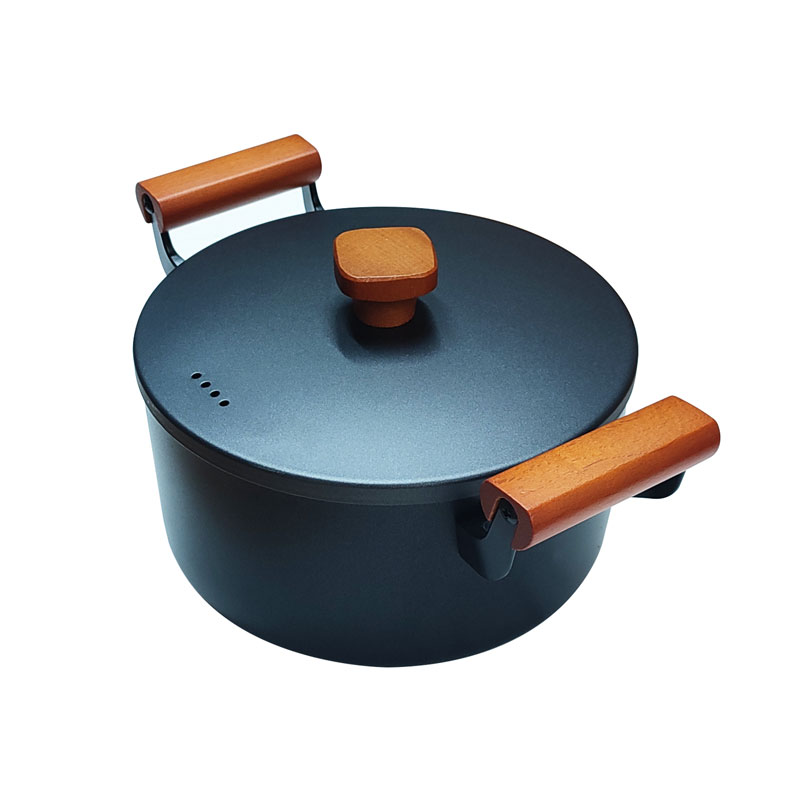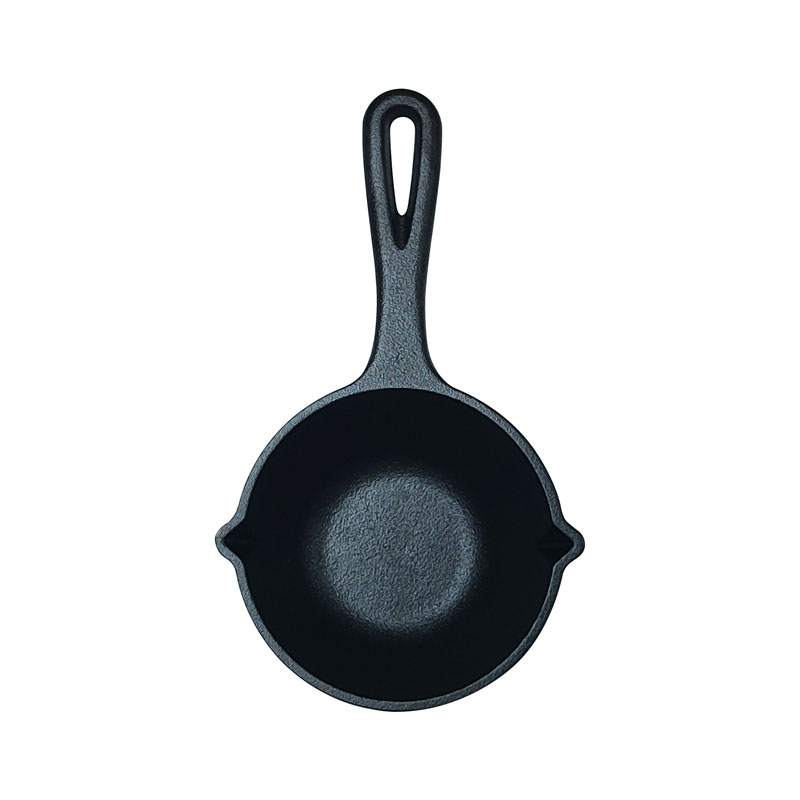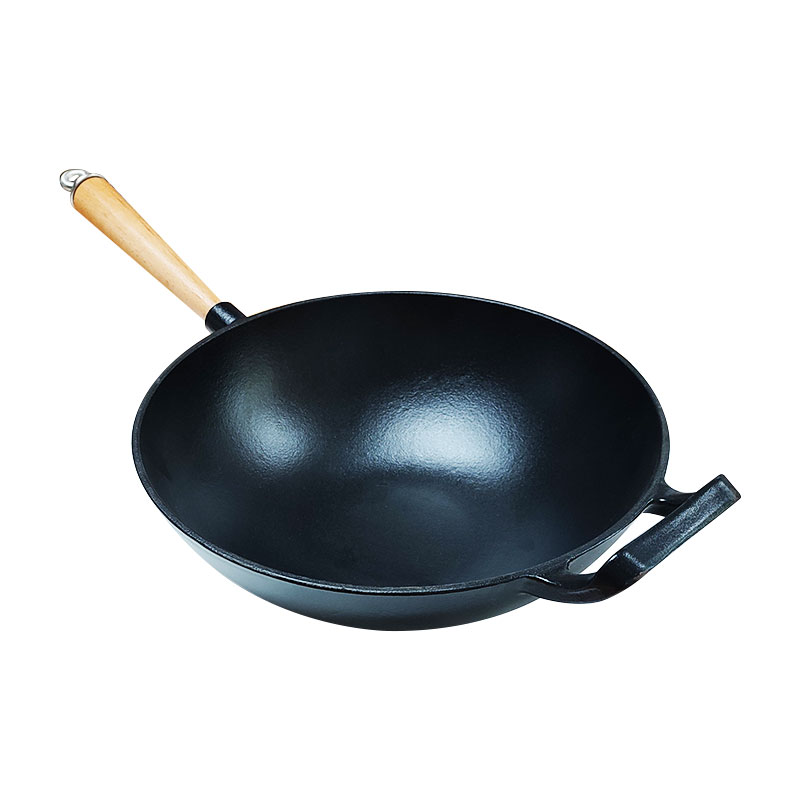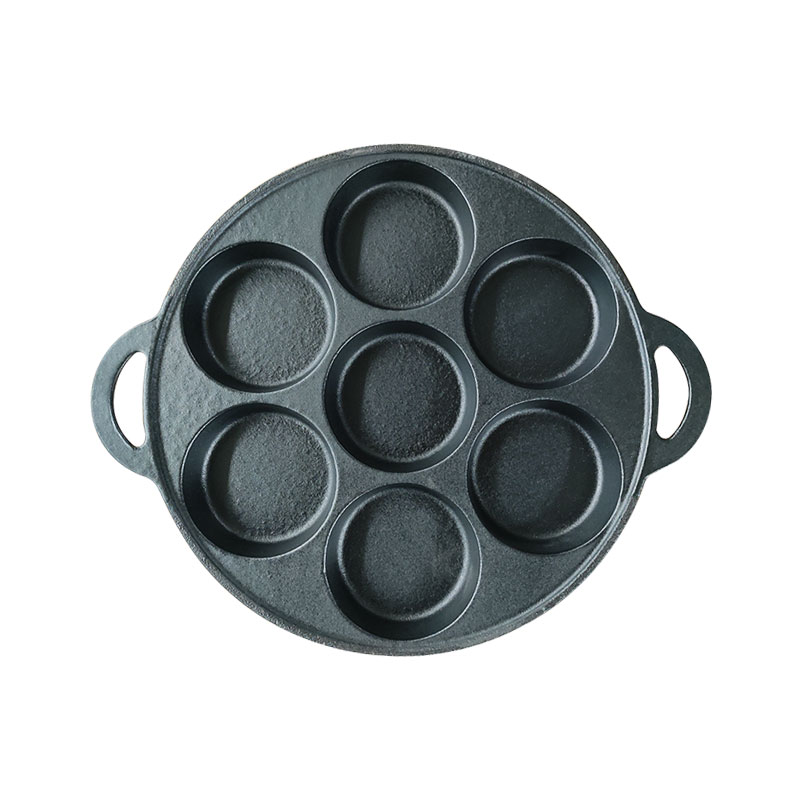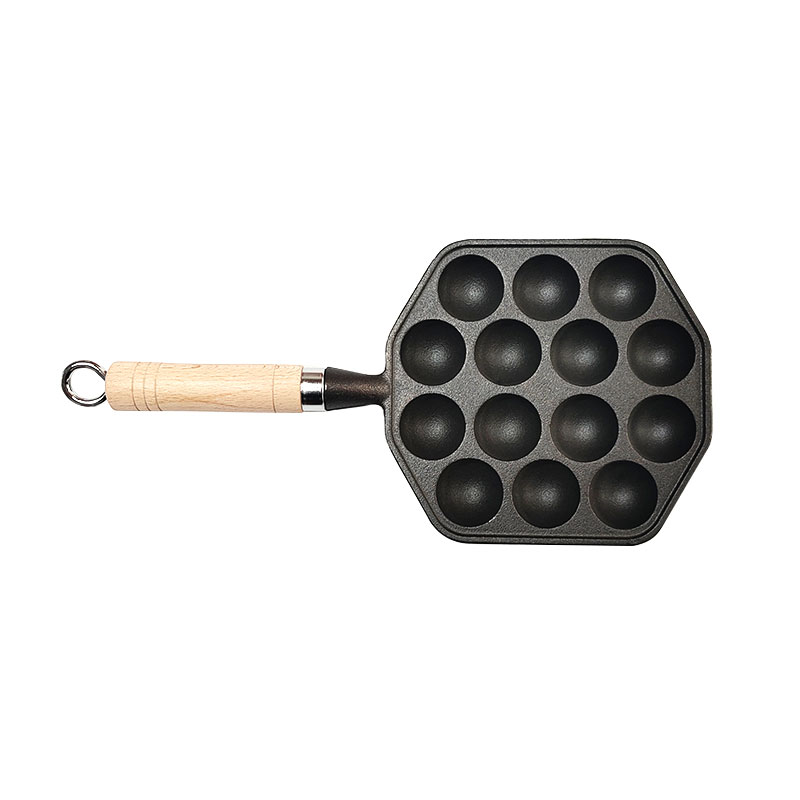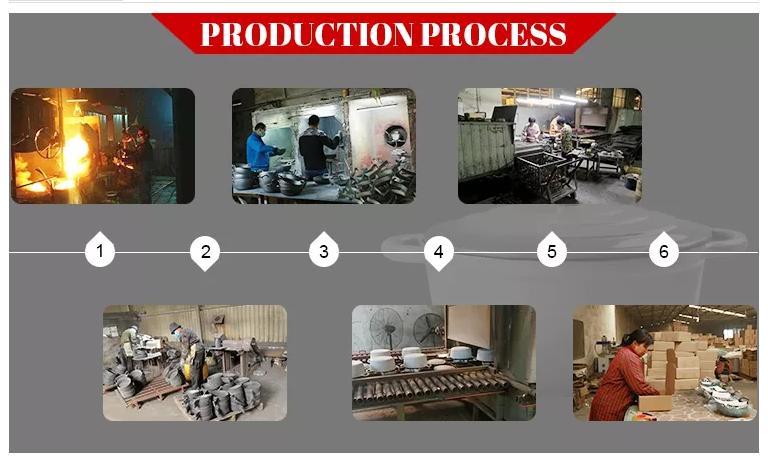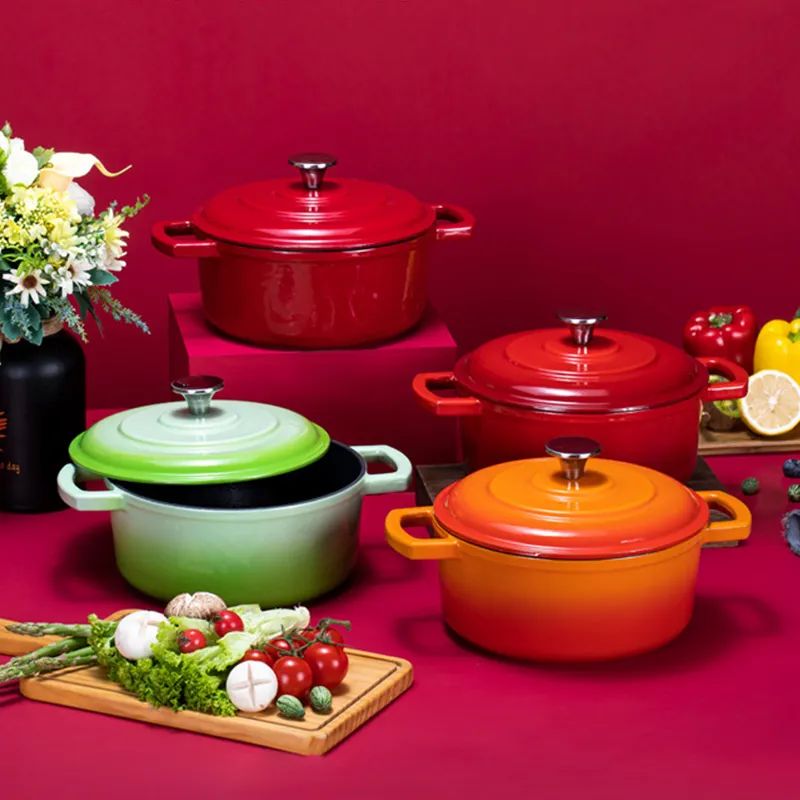1.Non-stick Coating Cooking Surface, More healthy without harm to human body, Environmental protection and safety
2.Cast-iron pans are characterized by non-stick pans after boiling,and the longer they are used, the more non-stick they become
3.General Use for Gas, Induction Cooker and open fire and so on, Easy to use
4.Thicken the bottom of the pan, super lock the temperature, evenly heated
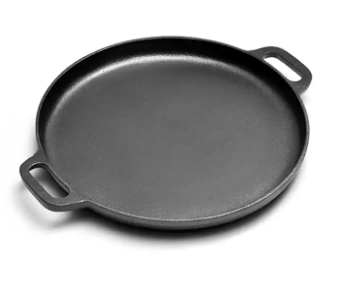
1. Kas mes esame?
We are based in Hebei, China,start from 2010,sell to Western Europe(25.00%),North
America(25.00%),Northern Europe(10.00%),Eastern Europe(10.00%),Eastern Asia(10.00%),Mid
East(10.00%),Southeast Asia(10.00%).
2. Kaip galime garantuoti kokybę?
Prieš masinę gamybą visada atliekamas išankstinis gamybos pavyzdys;
Visada galutinė patikra prieš išsiuntimą;
3. Ką galite iš mūsų nusipirkti?
Cast Iron Cookware,Ketaus keptuvė,Cast Iron Casserol,Cast iron Griddle,Frying Pan
4. Kokias paslaugas galime teikti?
Priimtos pristatymo sąlygos: FOB, CIF, EXW, CIP;
Accepted Payment Currency:USD;
Accepted Payment Type: T/T,L/C.
How to Clean and Care for Your Cast Iron Pizza Pan
Maintaining your cast iron pan is simple. After use, wipe it with warm water and a soft brush—avoid soap to preserve the seasoning. For stuck-on bits, sprinkle coarse salt and scrub gently. Always dry thoroughly and apply a thin oil layer to prevent rust. If the seasoning wears, rub with oil and bake upside-down at 375°F (190°C) for an hour. Store in a dry place with the lid off to avoid moisture buildup. With minimal care, your pan will stay non-stick and rust-free for decades.
Compatible with All Heat Sources – Oven, Grill, or Campfire
This cast iron pan thrives anywhere heat exists. Its all-metal construction works on gas, electric, or induction stovetops, while the oven-safe design handles broiling or baking. Take it camping to make pizza over a fire pit or grill—it withstands extreme temperatures without warping. Unlike flimsy alternatives, cast iron’s rugged durability means no hot spots, even over uneven flames. Whether you’re cooking indoors or outdoors, this pan delivers consistent results, proving itself as the ultimate all-terrain cookware.
Why Cast Iron Makes the Best Homemade Pizza Crust
A cast iron pan is the secret to achieving a crispy, golden crust with a perfectly chewy interior, just like wood-fired pizzas. The heavy cast iron absorbs and radiates heat evenly, eliminating cold spots that can leave dough undercooked. When preheated, the pan delivers intense bottom heat, creating that coveted restaurant-quality sear while the broiler crisps the top. Unlike flimsy baking sheets, cast iron retains heat so well that your pizza stays warm longer after serving. The result? A professional-grade pie with balanced texture and flavor—no specialty oven required.
Why a Cast Iron Round Pizza Pan Makes the Best Homemade Pizza
A cast iron pizza pan excels at creating a crispy, evenly cooked crust thanks to its superior heat retention and distribution. Unlike thin metal pans, cast iron absorbs and radiates heat consistently, mimicking the effect of a brick oven. The heavy-duty material ensures the crust browns perfectly without burning, while the round shape promotes even airflow for uniform cooking. Additionally, cast iron’s natural non-stick properties (when seasoned) prevent sticking and allow for easy release. For homemade pizza lovers, this pan delivers professional-quality results with a satisfying crunch.
Achieve Brick-Oven Results at Home with a Cast Iron Pizza Baking Pan
To replicate brick-oven pizza at home, preheat your cast iron pan in a 500°F (260°C) oven for at least 30 minutes before adding the dough. The pan’s intense heat creates a quick sear on the bottom, mimicking the flash-cooking effect of a brick oven. For extra crispiness, brush the dough with olive oil or par-bake it before adding toppings. Cast iron’s ability to hold high temperatures ensures the crust stays crispy while the toppings cook evenly. This method eliminates the need for specialized equipment, bringing artisanal results to your kitchen.
How to Clean and Season a Cast Iron Pizza Pan for Long-Term Use
After use, let the pan cool slightly before scrubbing with warm water and a stiff brush. Avoid soap to preserve the seasoning. For stubborn residue, use coarse salt as a gentle abrasive. Dry thoroughly and apply a thin layer of oil to prevent rust. To season, coat the pan with oil and bake at 375°F (190°C) for an hour, repeating monthly. Proper maintenance ensures the pan develops a natural non-stick surface and prevents rust, extending its lifespan for years of perfect pizzas.






















